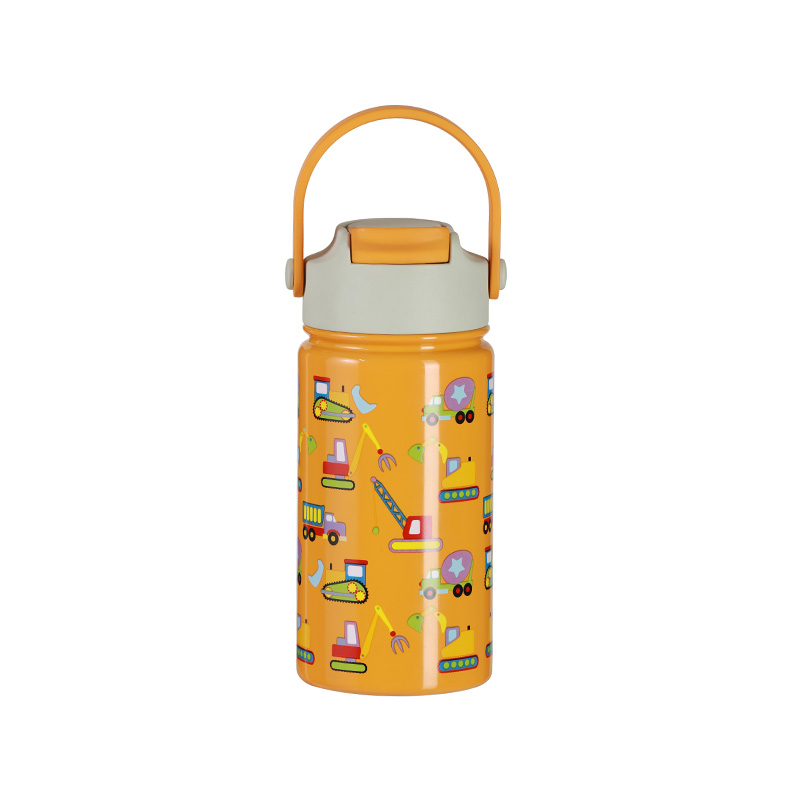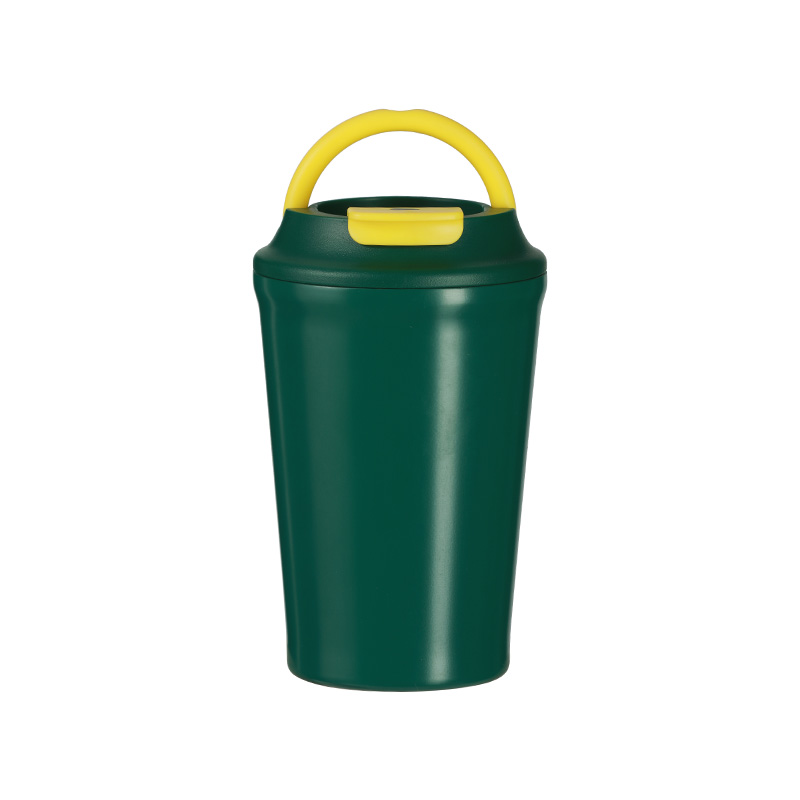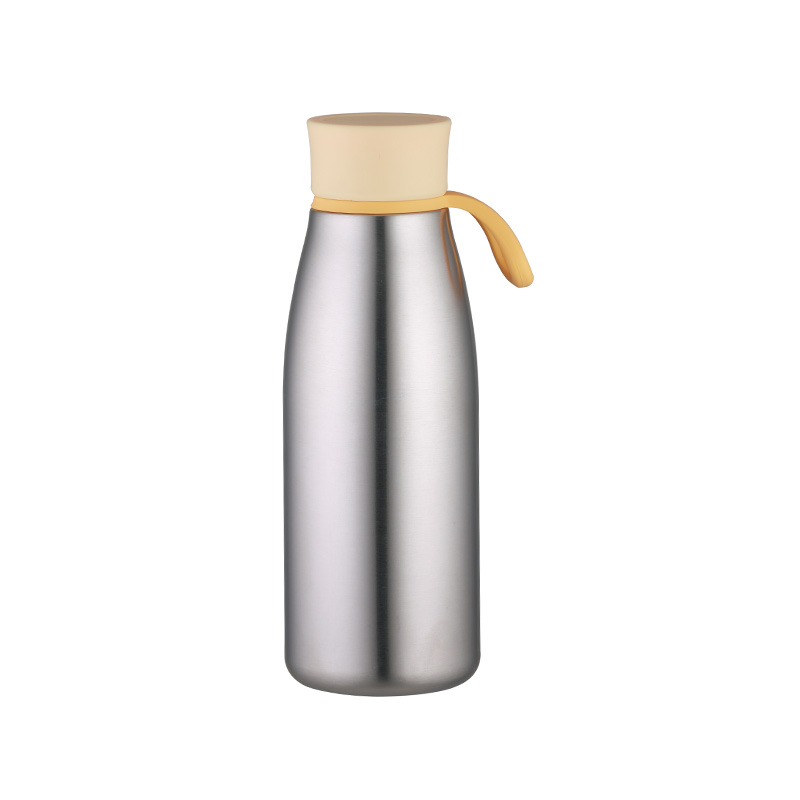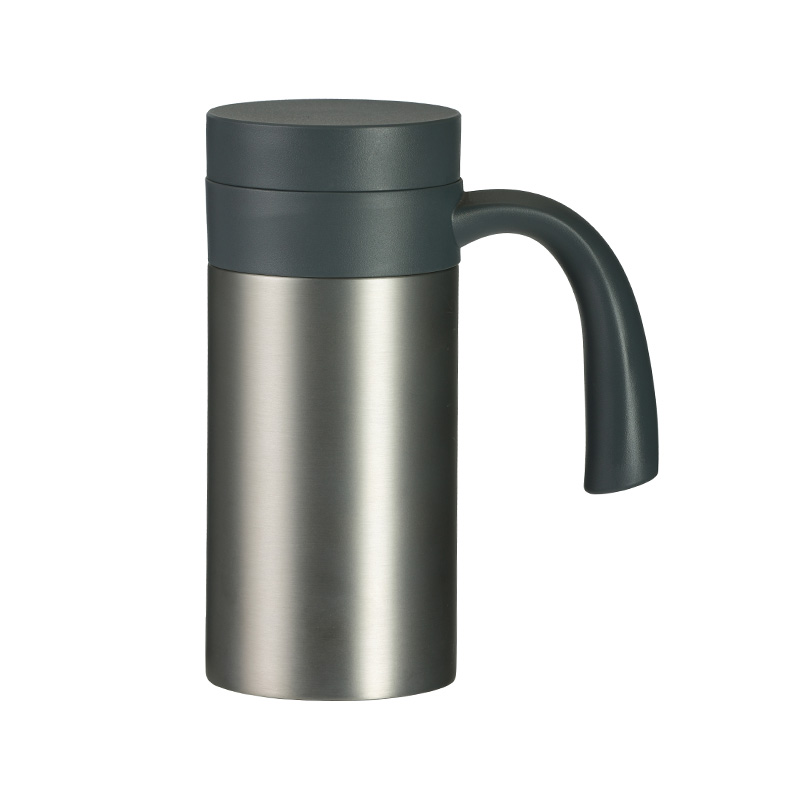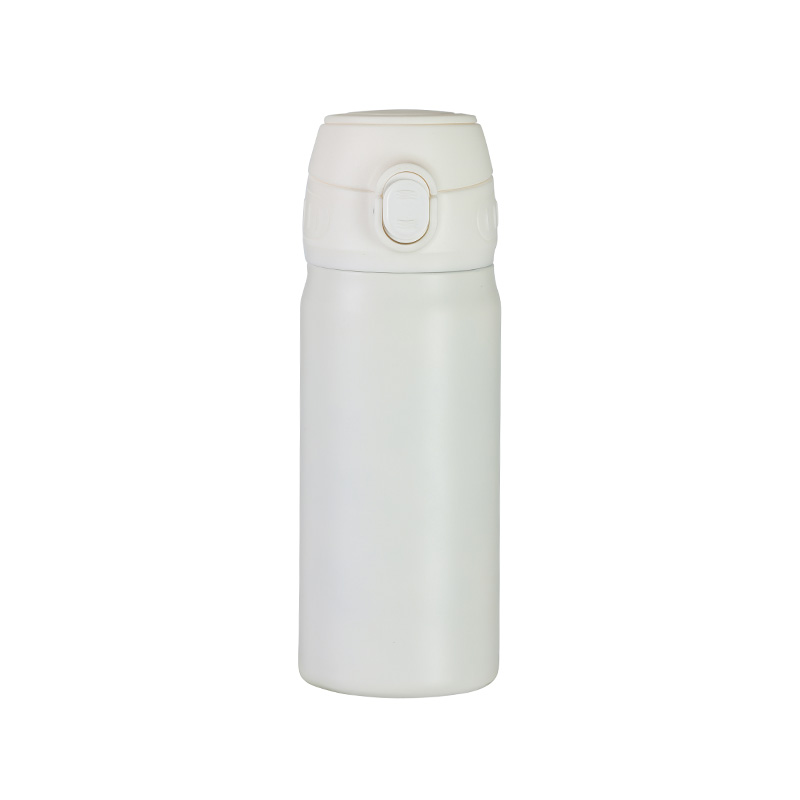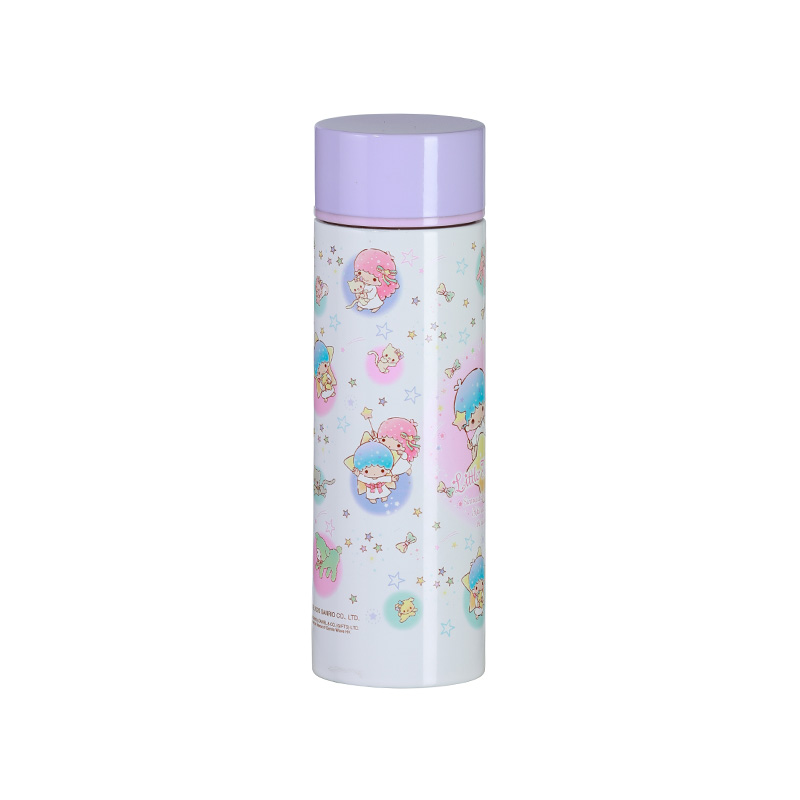Double wall stainless steel water bottles have gained immense popularity due to their durability, insulation, and eco-friendliness. However, despite their benefits, these bottles can encounter common failures that impact their performance and lifespan. Additionally, understanding the temperature maintenance of double wall vacuum insulated water bottles is crucial for their utility.
Common Failures of Double Wall Stainless Steel Water Bottles
Double wall stainless steel water bottles are designed for durability, but they are not immune to failures. Here are some of the common issues you might encounter with these bottles:
1. Seal and Lid Leaks
One of the frequent failures in double wall stainless steel water bottles is leaking from the seal or lid. Over time, the rubber gasket or O-ring can wear out, leading to a compromised seal. This can cause spills and reduce the bottle's ability to maintain temperature.
2. Denting and Warping
Although stainless steel is strong, double wall stainless steel water bottles can still dent or warp if subjected to significant impact. Dropping the bottle or applying excessive pressure can lead to structural damage, affecting insulation performance.
3. Rust and Corrosion
Stainless steel is resistant to rust, but not entirely immune. Prolonged exposure to moisture, especially if the bottle has sustained scratches or dents, can lead to rust spots. Corrosion can also occur if the inner wall becomes damaged.
4. Loss of Vacuum Seal
The vacuum seal is essential for insulation, but it can fail due to manufacturing defects, wear and tear, or excessive impact. When the vacuum seal is compromised, the bottle loses its ability to maintain temperature, reducing its overall effectiveness.
5. Odor Retention
While stainless steel is generally odor-resistant, double wall stainless steel water bottles can develop odors if not cleaned properly. Bacteria and mold can grow in hard-to-reach areas, leading to unpleasant smells and potential health risks.
Temperature Maintenance of Double Wall Vacuum Insulated Water Bottles
One of the key benefits of double wall vacuum insulated water bottles is their ability to maintain temperature for extended periods. Let's explore how these bottles achieve temperature maintenance and what factors can affect their performance.
Vacuum Insulation Technology
Double wall vacuum insulated water bottles feature two layers of stainless steel with a vacuum-sealed space in between. This vacuum acts as an insulating barrier, reducing heat transfer between the inner and outer walls. This technology allows the bottle to keep drinks hot or cold for hours.
Hot Drinks
A high-quality double wall vacuum insulated water bottle can maintain hot beverages for up to 12 hours. This makes it ideal for carrying coffee, tea, or hot soups. The vacuum insulation prevents heat from escaping, ensuring that your drinks stay warm throughout the day.
Cold Drinks
For cold beverages, double wall vacuum insulated water bottles can keep drinks chilled for up to 24 hours. This is good for carrying ice-cold water, smoothies, or juices during outdoor activities or long commutes. The insulation also prevents condensation from forming on the outside of the bottle, keeping your hands and belongings dry.
Factors Affecting Temperature Maintenance
Several factors can affect the temperature maintenance of double wall vacuum insulated water bottles:
Lid Quality: A secure, tight-fitting lid is crucial for preventing heat loss or cold air entry. If the lid is compromised, it can reduce the bottle's insulation capabilities.
Bottle Condition: Dents, scratches, or loss of vacuum seal can negatively impact temperature maintenance. A damaged bottle is less effective at retaining heat or cold.
Ambient Temperature: Temperatures can affect the bottle's insulation. In very hot or very cold environments, the bottle may lose heat or cold more quickly.
Preheating or Precooling: Preheating a bottle with hot water or precooling with ice can improve its insulation performance, ensuring that your drinks maintain their temperature for longer.

 English
English 日本語
日本語